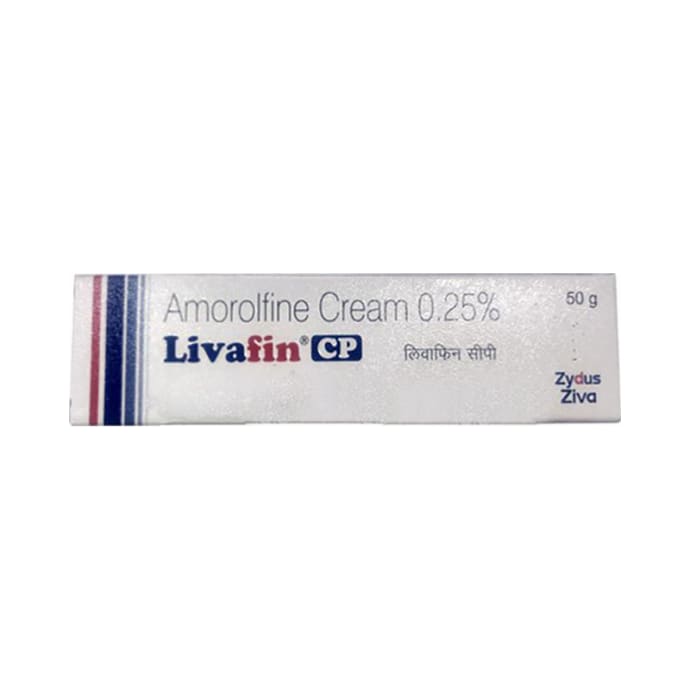
Manufacturer: Zydus Cadila
Salt Composition : Amorolfine(0.25% w/v)
Tube of 50gm Cream
(Inclusive of all taxes)
Livafin Cream should be used in the dose and duration as advised by your doctor. Some of the common side effects include blisters on the skin, nail disorders like nail damage and discoloration, skin irritation, rash, or redness on the site of application. Please consult your doctor if these side effects persist for a longer duration.
Make sure you wash your hands before and after applying the medicine. Avoid direct contact with the cream or ointment with your eyes. In case of direct contact, wash your eyes with water and seek immediate medical attention.